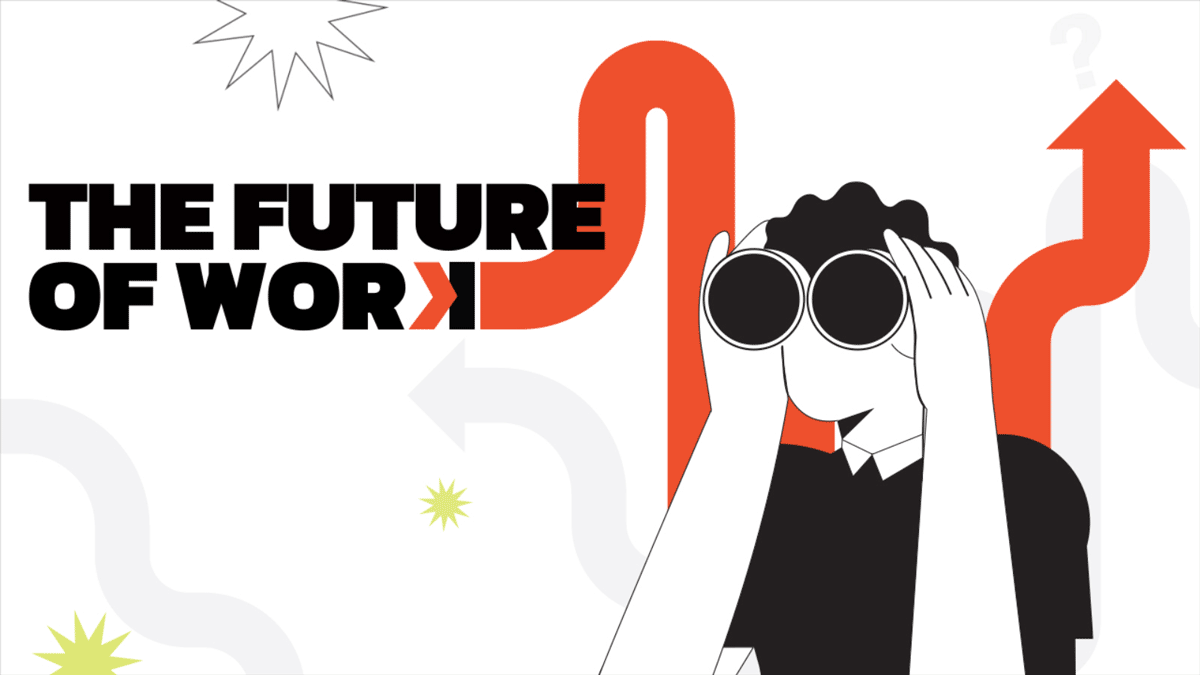Will Remote Work Kill Cities?
Dylan Gottlieb, assistant professor of History and author of the forthcoming book Yuppies:
Wall Street and the Remaking of New York, says urban hubs will remain centers of work.
“Cities aren’t going anywhere.
In the wake of the pandemic, many predicted an ominous future for American cities — a
downward spiral in which remote work left city centers depopulated, unsafe and
unprofitable. Corporations would abandon urban headquarters. Commercial real estate
would go unrented. Without workday crowds, service workers would lose their jobs. Tax
revenues would plummet. But by the start of 2024, it was clear that many of those
predictions were overstated. For the highest-educated, skilled young workers, dense
cosmopolitan cities remain the place to work and live.
There are historical roots for why the city is sticking around. The rise of the financial and
professional sectors since the 1970s made cities like New York, Boston, Chicago, Atlanta
and Houston irresistible to top college graduates. Back in the early ’70s, only one in 30 Ivy
League grads were headed to Wall Street. Most were bound for jobs in corporate
management. But as finance was deregulated and moved to the center of the American
economy, it pulled an entire generation of graduates into its orbit. By 1987, one out of every
three Ivy League grads went to Wall Street. The number of corporate lawyers in New York
doubled over the same period. Those trends persist: In the 2000s, over 40% of Princeton’s
graduating class was bound for a job at a New York investment bank.
Besides work, other factors pulled — and continue to pull— young professionals toward
cities:
- As the number of women with college educations tripled from 1960 to 1972, many
delayed marriage and childbearing — life milestones long accompanied by a move
to the suburbs. That trend has only intensified: By 2020, nearly 60% of college
students in the U.S. were female.
- In the ’70s, interest rates, single-family real estate costs and energy prices all rose in
tandem, which made urban living cheaper than suburban life. Today, the costs of
suburban home ownership remain daunting to young professionals, particularly
recent college grads.
And while remote work may have accelerated after COVID, it’s nothing new. As early as the
1980s, financial firms were building offices in outlying neighborhoods and suburbs,
chasing lower rents and tax subsidies. Yet, their highest-status, most productive workers
remained in offices in urban centers. Firms knew that to attract the most talented young
professionals, then as now, they needed to remain in cities —for all their social, lifestyle
and consumer delights as much as for their critical role in business.”
